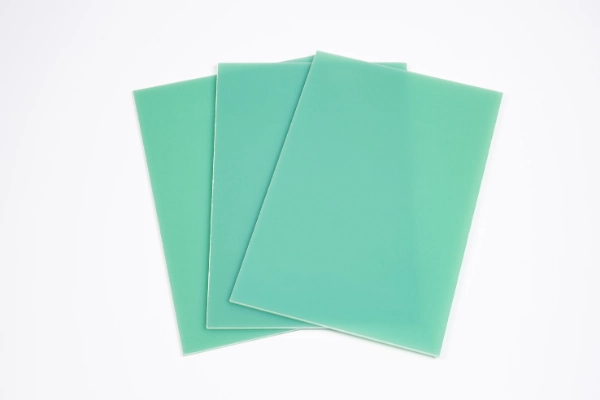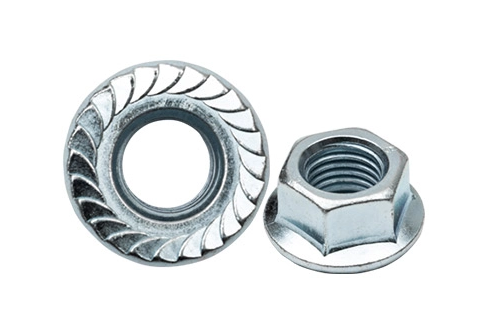Storage and Transportation of G11 Epoxy Glass Fiber Sheet
G11 epoxy glass fiber sheet, a high-performance thermosetting composite material, is widely used in electrical insulation, aerospace, marine, and mechanical applications due to its excellent thermal resistance, high mechanical strength, and superior dielectric properties. As with any advanced engineering material, proper storage and transportation of G11 epoxy glass fiber sheets are critical to maintaining their structural integrity, performance characteristics, and long-term reliability. In this blog post, as a high performance epoxy resin laminate exporter, Blue Sun will share the storage and transportation of G11 epoxy glass fiber sheet for sale.
Understanding G11 Epoxy Glass Fiber Sheet Properties
Before exploring logistics, it' s important to understand the inherent characteristics of G11. It is composed of woven glass fabric impregnated with epoxy resin and cured under heat and pressure. Compared to G10, its counterpart, G11 offers higher mechanical strength and can operate continuously at elevated temperatures up to 180°C (356°F).
Due to its high glass transition temperature (Tg), low water absorption, and resistance to chemical degradation, G11 is inherently stable. However, mishandling during storage or transit can result in surface degradation, warping, delamination, or contamination—all of which can compromise its performance.
G11 Epoxy Glass Fiber Sheet Storage Environmental
Proper storage conditions are crucial for preserving the physical and electrical properties of G11 sheets. The following environmental parameters should be tightly controlled:
1. Temperature:
Store G11 sheets in a cool, dry environment. Ideal storage temperatures range from 15°C to 30°C (59°F to 86°F). Prolonged exposure to higher temperatures, especially above 40°C (104°F), may cause the epoxy matrix to undergo post-curing reactions, potentially altering its thermal and mechanical characteristics.
2. Humidity:
Relative humidity should be maintained below 60%. Although G11 is less hygroscopic than some other materials, elevated humidity levels can still cause moisture absorption over time. This may result in changes in dielectric strength and surface insulation resistance. A climate-controlled warehouse with desiccant-based dehumidifiers or humidity sensors is highly recommended.
3. UV Exposure:
Avoid direct exposure to sunlight or UV radiation. While epoxy resins have some UV resistance, prolonged exposure can cause discoloration and surface chalking, which might affect surface finish or bonding properties in subsequent manufacturing stages.
4. Air Quality:
The storage area should be free from airborne contaminants such as oils, acids, or solvents. Chemical vapors can lead to surface softening or compromise the epoxy matrix through prolonged chemical interaction.

Mechanical Storage of G11 Epoxy Glass Fiber Sheet
Beyond environmental control, physical handling and mechanical storage play an essential role in preventing physical damage:
1. Flat Storage:
Store G11 sheets horizontally on flat, rigid surfaces. Uneven or unsupported storage can result in sheet warping, especially in thinner laminates. Use wooden pallets or metal racks with full bottom support, and avoid leaning the sheets vertically against walls.
2. Protective Layering:
Use kraft paper, polyethylene film, or interleaving sheets between stacked panels to prevent abrasion, surface scratching, or static buildup. For additional protection, especially in high-dust environments, wrap the entire pallet with stretch film or plastic sheeting.
3. Load Limits:
Do not overload storage racks or place excessive weight atop G11 stacks. While the sheets are structurally strong, point loads or over-compression can induce micro-cracks or surface deformations.
4. Identification and Traceability:
Clearly label each sheet or batch with material specifications, date of manufacture, and batch numbers. Ensure traceability to quality control records, especially for aerospace or critical electrical applications.
G11 Epoxy Glass Fiber Sheet Transportation Practices
During transportation, protecting G11 sheets from mechanical shock, vibration, and environmental stress is essential:
1. Packaging:
Use rigid packaging materials such as reinforced wooden crates or corrugated fiberboard boxes for shipment. Interior foam padding or anti-vibration mounts can reduce transit-induced stress. Secure all sheets tightly to prevent movement and frictional damage.
2. Moisture Protection:
Include moisture barriers such as vacuum-sealed plastic wraps or desiccant packs within packaging to prevent water vapor ingress during shipping, especially in maritime or tropical routes.
3. Handling Equipment:
Use forklifts or pallet jacks with padded forks when handling heavy loads. Avoid using sharp tools or dragging the sheets, as this may chip the edges or damage the surface finish.
4. Transportation Conditions:
Transport G11 sheets in enclosed, temperature-controlled vehicles when possible. For international shipments, ensure compliance with applicable ISPM-15 packaging regulations for wooden crates and include shock/tilt indicators to detect improper handling.
Shelf Life and Inspection of G11 Epoxy Glass Fiber Sheet
While G11 epoxy glass fiber sheets do not have a strict expiration date, it is advisable to implement a first-in-first-out (FIFO) inventory system to minimize long-term storage. Regular inspections should be conducted to check for:
- Warping or bending
- Surface contamination
- Discoloration or UV degradation
- Delamination or edge chipping
- Signs of moisture ingress
Sheets showing any of the above symptoms should undergo dielectric and mechanical re-testing before use in critical applications.
Conclusion
The advanced performance of G11 epoxy glass fiber sheets is directly tied to how well the material is preserved during storage and transport. By adhering to controlled environmental conditions, employing protective packaging strategies, and using proper mechanical handling protocols, users can ensure that G11 sheets retain their structural and electrical integrity from warehouse to workstation. These best practices are not merely logistical considerations—they are integral to product reliability, safety, and compliance in high-performance engineering environments.
www.bluesun-elec.com.cn
Blue Sun


